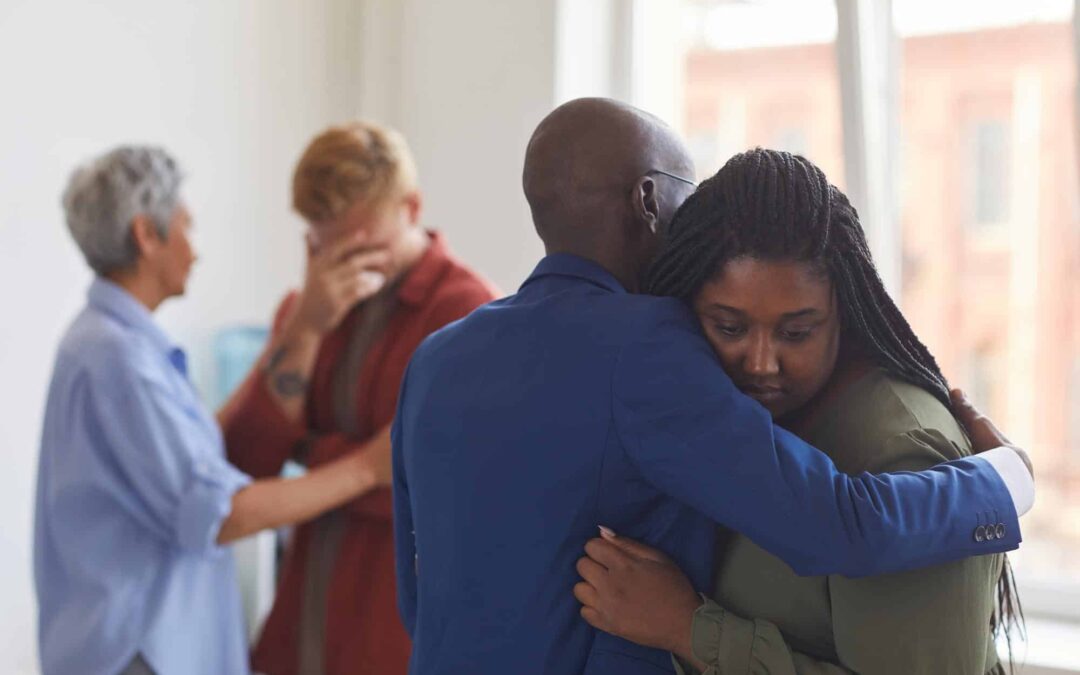Safety First: How to Administer Naloxone in an Emergency – A Guide to Using Naloxone to Reverse Opioid Overdoses
The opioid crisis is a devastating public health emergency gripping communities across the United States. Opioids, like heroin, fentanyl, and prescription painkillers, carry a high risk of overdose, which can be fatal. Naloxone (also known by the brand name Narcan) is a life-saving medication that can rapidly reverse the effects of an opioid overdose. Knowing how to administer naloxone is a vital skill that could help you save a friend, family member, or even a stranger in the event of an emergency.
Understanding Opioid Overdoses
An opioid overdose occurs when a person takes too much of an opioid drug, overwhelming the body’s ability to process it. Symptoms of an opioid overdose include:
- Unconsciousness or inability to be woken up
- Slow or shallow breathing
- Choking or gurgling sounds
- Blue or grayish lips or fingernails
- Cold, clammy skin
What is Naloxone?
Naloxone is a medication that temporarily blocks the effects of opioids in the brain. Administering naloxone in a timely manner can restore normal breathing in someone experiencing an overdose, potentially saving their life. Naloxone is available in two primary forms:
- Injectable: This requires administration with a syringe.
- Nasal Spray: A simple, pre-filled device dispensed into the nostrils.
Both forms are highly effective, and the nasal spray version is becoming increasingly accessible due to its ease of use.
How to Administer Naloxone
1. Recognize an Overdose
If you suspect someone is experiencing an opioid overdose, it is crucial to act quickly. Look for the signs of an overdose listed earlier.
2. Call 911
Immediately call 911 for emergency medical assistance.Even if you administer naloxone, the person still needs professional medical attention.
3. Administer Naloxone
Follow the instructions on the specific naloxone product you have. Here’s a general outline:
- Injectable:
- Assemble the syringe and naloxone vial.
- Inject into the person’s thigh or upper arm muscle.
- Nasal Spray:
- Tilt the person’s head back and support their neck.
- Administer half of the dose in each nostril.
4. Provide Rescue Breathing (if necessary)
If the person is not breathing after naloxone administration, begin rescue breathing. Check for responsiveness every 2 minutes and administer another dose of naloxone if they are still unresponsive.
5. Stay With the Person
Monitor the person’s condition until emergency personnel arrive. Be prepared to provide further doses of naloxone if needed.
Where to Get Naloxone
Naloxone is increasingly available without a prescription in many states. You can obtain it from:
- Your Local Pharmacy: Many pharmacies stock naloxone.
- Community Health Centers: Find centers near you via SAMHSA’s website.
- Harm Reduction Organizations: These organizations often distribute naloxone for free.
References
It’s important to remember that naloxone is a temporary measure. The effects can wear off, and the person may slip back into an overdose. Always seek immediate medical help after administering naloxone. Here are some additional resources for information and support:
- Resolute Recovery Maryland: Visit our main website for information on our programs.
- Overdose Prevention Resources (CDC)
- Substance Abuse and Mental Health Services Administration (SAMHSA)




